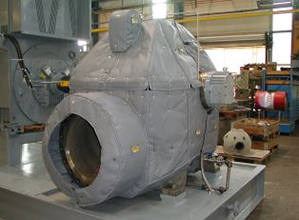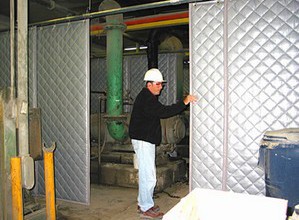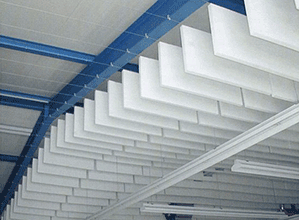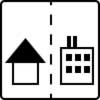Why Conduct a Noise Audit?
The first step in ensuring that your company meets legal obligations and OSHA standards for workplace safety is to conduct a noise audit. This will help you create a safer, more pleasant and productive environment for your staff and improve your business image. The process allows you to asses your present position and diagnose any noise problems you need to address.
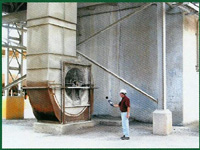 Depending on the size of your organization, appoint one or more senior managers to conduct a walk-through audit. These individuals should understand your organization’s work processes as well as its management systems. The objectives of a walk through audit should include the following items.
Depending on the size of your organization, appoint one or more senior managers to conduct a walk-through audit. These individuals should understand your organization’s work processes as well as its management systems. The objectives of a walk through audit should include the following items.
- Identifying noisy equipment, noisy areas, and obvious control methods.
- Measuring the effectiveness of the current noise control treatments.
- Evaluating the impacts of major changes – both possibly future changes and those already in place – in the facility. This could include adding equipment, hiring more employees, etc.
- Evaluating the need to create a noise control design that can accommodate any future changes.
A walk-through audit is only the first step of noise auditing. It enables you to deal with surface problems that are easily fixed. However, to identify more complex issues, it is wise to hire an outside consultant to conduct a professional noise survey.
A noise survey deals with much deeper, more complicated and precise noise problems that you cannot recognize with a walk-through. In a walk-through, you can most likely identify which employees are exposed to the most noise. However, information collected from a professional noise survey will help you identify specific sound levels above the target exposure goal and the operation areas with the highest risk. This detailed information is extremely valuable in helping you select an appropriate, relevant solution for each specific problem.
Next in this series: Establishing Your Noise Management Strategy
